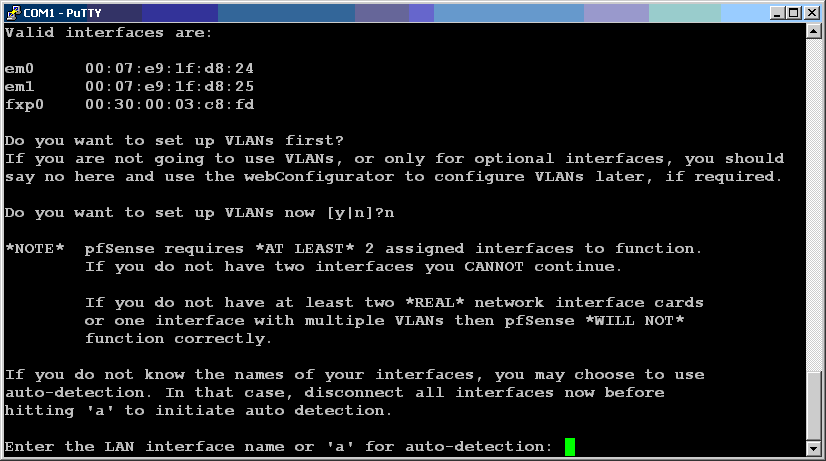


You also need a password (provides some protection if the keys or mobile device are lost/stolen). (GRC.com port scan can't see it.) If you have the TLS key, then the port will respond and you have the ability to log in - which requires the use of an ID certificate. AFAIK, unless you have the TLS key, the port is going to ignore any pings/probes/connection attempts. I use the OpenVPN Server, setup for UDP with a TLS key, and a personal ID certificate and password. Are you talking remote acesss or something else? What do you want/need to do? To make sure everything was set up correctly, please check the dashboard to verify that you are connected.Click to expand.Ideal setup? Not sure what you mean. You should now be connected to OVPN and be able to browse the internet safely. If OpenVPN is already running, we suggest restarting it. Navigate to VPN → OpenVPN → Connection StatusĬlick on the icon that looks like a Play button in order to start OpenVPN. Save your changes and click on Apply changes. On the rule IPv6, click on the copy icon to Copy. On the rule IPv4, click on the copy icon to Copy. Save your changes and click on Apply changes.Ĭlick on the plus (+) icon. Select, so that Hybrid outbound NAT rule generation is checked. Navigate to Services → Unbound DNS → General. Select, so that Enable interface is checked. Create OpenVPN interfaceĬlick on the plus (+) icon to create interface ovpnc1 (OVPN client).

TLS Configuration → Automatically generate a a TLS Key Afterwards, alter these settingsĬryptographic Settings TLS Configuration → Enable authentication of TLS packets

Configure OpenVPNĬlick on the plus (+) icon. Choose how you want to connect to OVPN 4. Afterwards, alter these settings:Įxisting Certificate Authority Certificate data Navigate to System → Trust → Authorities.Ĭlick on the plus (+) icon. Select, so that Do not use the DNS Forwarder or Resolver as a DNS server for the Change DNS serversĭeselect, so that Allow DNS server list to be overridden by DHCP/PPP on If you think it's too complicated, and want a simple way to connect to OVPN and use split tunneling features, we recommend Vilfo. This guide was created for OPNsense 19.7 “Jazzy Jaguar”. We recommend Vilfo OS instead as it's easy interface allows simultaneous VPN connections and has DNS leak protection, VPN killswitch and more built-in. Configuring OPNsense takes time and is only recommended for advanced users to prevent leaks from occuring.


 0 kommentar(er)
0 kommentar(er)
